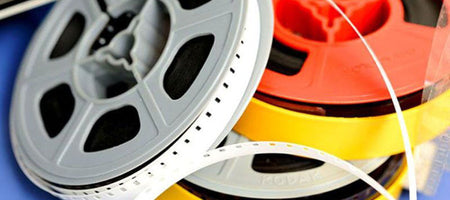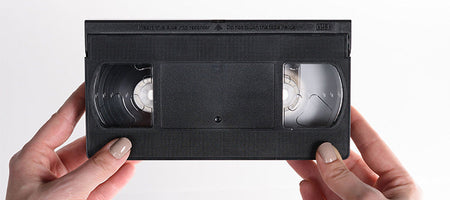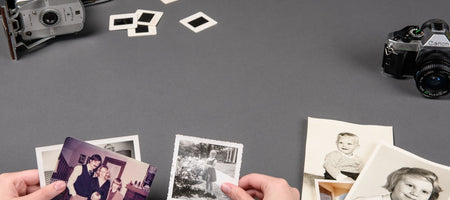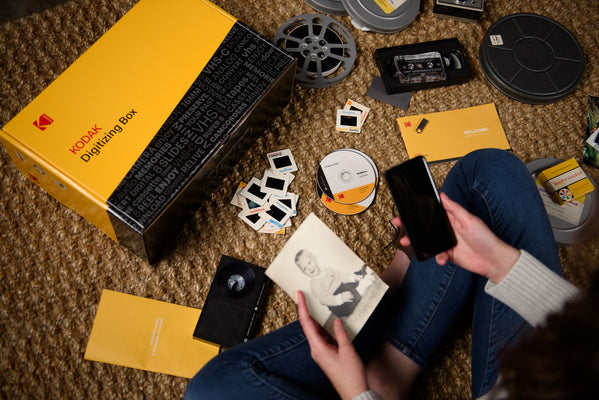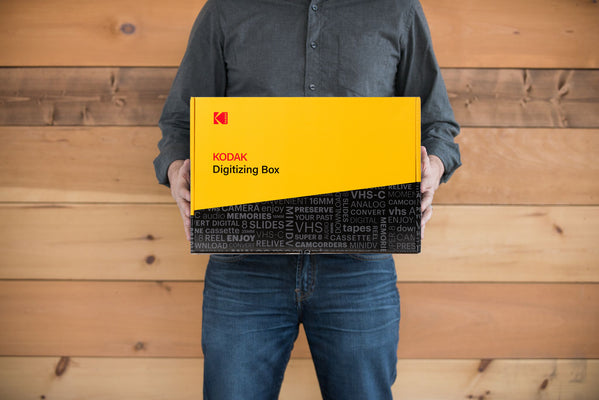Before the Super 8 camera was released by Eastman Kodak in 1965, shooting home movies was nothing short of a laborious task. First, you had to thread the 16mm film into the camera’s teeth by hand. A delicate dance that was easier said than done. Then, you had to open and flip the spools to expose the edge of the film for recording on the film’s second pass through the camera. And that was just to take the photo; you couldn’t even see your work until you developed it. Finally, after processing and developing the film, it had to be cut in half vertically to make two lengths of 8mm film so it could fit properly into your 8mm projector.
It was a labor of love to say the least.
Then, Super 8 came along and streamlined the whole shooting and watching process while revolutionizing the amatuer film industry at the same time. It became cheaper and more convenient than ever before because all you had to do was insert the film cassette into the camera and pop it out afterward for processing. The invention spawned a spike in the home movie craze throughout the 60s and 70s. In fact, Steven Speilberg, one of the most acclaimed movie directors of all time has gone on record to attribute his successful film career to Super 8, so much so that he actually wrote and directed a film called Super 8 in 2011. It starred a ragtag group of kids who accidentally discover an alien being while shooting a home movie. While the main plot of the film has nothing to do with the innovative invention of the camera, it subconsciously showcases that Super 8 was so easy to use that kids could simply pick it up, point, and shoot.
To Play or Not to Play? That Is the Question.
So, with Super 8 (in a sort of, kinda way) foreshadowing what the DVD would eventually be to the VHS, you may be asking yourself, “Can you play a Super 8 movie on an 8mm projector?”
The simple answer is NO. You cannot.
Just like you can’t play a DVD in a VHS player––unless it was one of those cool VHS/DVD combo players––Super 8 film cannot be played on a regular/standard 8mm projector just as a standard 8mm reel cannot be played on a Super 8 projector. Furthermore, if you try to play one on the other there’s a good chance you’ll end up ruining your old film, and nobody wants that. Those are precious memories we’re talking about!
One of the reasons why the two aren’t interchangeable, despite both technically being 8mm film, is because Super 8 film’s picture reel (not the actual strip itself but the picture image portion on the reel) is nearly 1.5 mm wider and 1mm taller than standard 8mm film. Therefore, the two 8mm film strips aren’t a 1:1 match like one might assume. While that may note seem like much difference, it is when it comes to film.
So, how can you tell which 8mm film you’ve got in order to know what projector to safely play it on?
An easy way to delineate between the two is to note that any 8mm film canister dated prior to 1965 (when Super 8 came out) is most likely traditional 8mm film. But, for those unsure about what type of old 8mm film they have – especially if it doesn’t have the luxury of a date – there is a solution to answer your analog playing needs. A dual 8 projector can act as a single projection device for both types of 8mm film, so you don’t have to worry about what’s what and when was when.
Digitize Your Old 8mm Film and Play It Anytime, Anywhere – from Any Smart Device
Having 8mm film in your possession is one thing, but how you play it isn’t nearly as important as how you preserve it. After all, that’s a piece of recorded history in your hands. If you happen to be the lucky holder of a box of old 8mm or Super 8 film reels, and you’re wanting to A) see what’s on them, and B) preserve them in the process, then you should have them digitized. It’s the only sure way to make sure your memories are preserved against the test of time. Because let’s face it, 60+ years of inadequate storage, temperature swings and attic dust can do a number on your analog media. Plus, when you digitize, you’ll get your old film reels back along with new digital file formats (DVD, thumb drive or cloud download), so you can play them––for whomever, whenever, wherever––without worrying about needing a big, bulky obsolete projector to do so.

